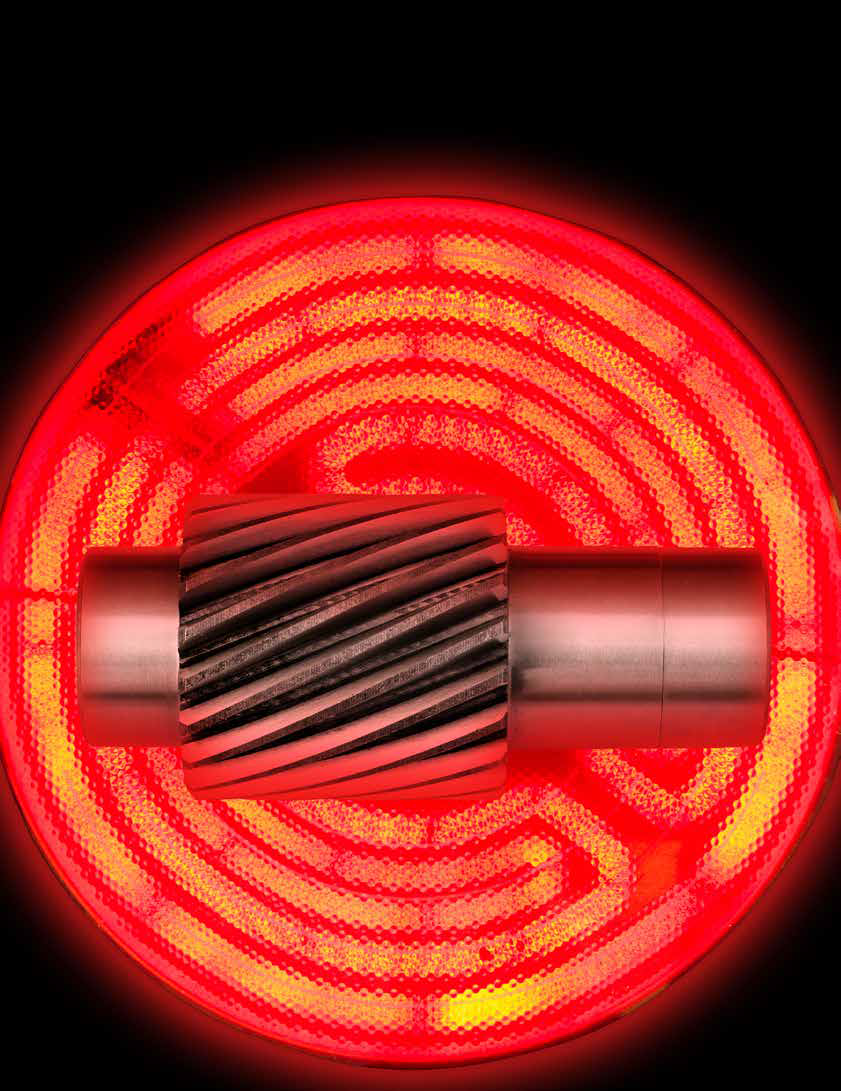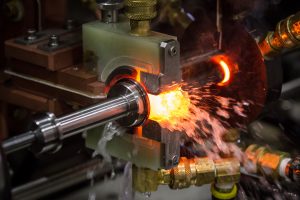Article | September 27th, 2019
Troubleshooting and Prevention of Cracking in Induction Hardening of Steels: Lessons Learned – Part 1

For real-world needs, producers of IH equipment should have the experience and analysis necessary to help heat-treat practitioners with specific problems.
Newly employed heat-treat engineers, designers, and practitioners may need an appreciable amount of time to gain the required knowledge and experience in understanding the subtleties of induction hardening. Underestimating specific geometrical features of parts and hardness patterns by novices, as well as negligence in understanding the impact of different process factors on the outcome of heat treatment may produce faulty results. Finding that your completed parts have cracked after heat treating is frustrating, wasteful, and expensive. The goal of this two-part article is to minimize the impact of a workplace generation gap by helping new induction heat-treat professionals better understand the factors related to steel cracking and the actions to be taken to avoid it.
It is important to learn that crack initiation within the heat-treated components, its growth, and propagation is affected by a number of factors. This includes specifics of the component’s geometry, its chemical composition, and microstructure, processing temperatures, quenching subtleties, hardness pattern, inductor design, magnitude and distribution of initial, transient and residual stresses, design of tooling/fixtures, etc. Cracking can be caused by a single factor or by an undesirable combination of several factors.
To read the full article on Troubleshooting and the Prevention of Cracking in Induction Hardening of Steels, click here or visit ThermalProcessing.com.
Part 2 of this series can be found here.

